A socket wrench, also known as a spanner in British English, is a versatile tool used for turning fasteners, such as nuts and bolts. It consists of a handle and interchangeable sockets of various sizes and shapes, which can be attached to the handle using a ratchet mechanism. This design allows for precise and efficient tightening or loosening of fasteners in a wide range of repair and construction tasks.
The socket wrench provides several advantages over traditional wrenches. Its ability to accommodate different socket sizes eliminates the need for multiple wrenches, saving time and effort. The ratchet handle enables continuous rotation without the need to reposition the tool, making it ideal for tight or hard-to-reach spaces.
Sockets & Socket Sets
Socket sets include a variety of socket sizes, usually provided in both standard (SAE) and metric measurements. These sockets are typically made of hardened steel and come in different shapes to fit a variety of fasteners. They can be six-point (hexagonal) or twelve-point, and may be deep sockets or standard length. The choice of socket to use depends on the specific fastener you are working with. For example, a six-point socket provides more contact area and is better for handling high torque applications, while a twelve-point socket is easier to position. Always ensure you use the correct size socket for the fastener to prevent slipping and rounding off the corners of the bolts or nuts. [2]
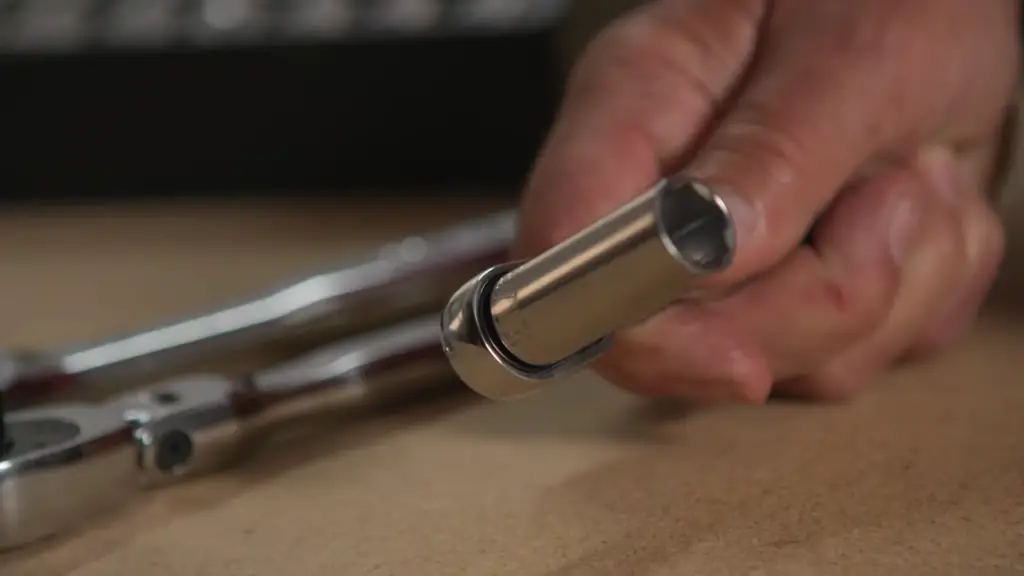
Working Principle of Socket Wrench
The working principle of a socket wrench revolves around the concept of leverage and rotational force or torque. The socket is attached to the ratchet handle and fits over the nut or bolt you want to turn. When force is applied to the ratchet handle, the ratchet mechanism inside the handle rotates the socket in one direction (tightening or loosening the fastener) but does not rotate it in the opposite direction. This ratcheting action allows you to keep the socket in place on the fastener while you reposition the handle, making it more efficient than a regular wrench in tight spaces or when large amounts of torque are required. Remember to set the direction of the ratchet correctly before beginning; turning it one way tightens the nut or bolt, while turning it the other way loosens it. [1]
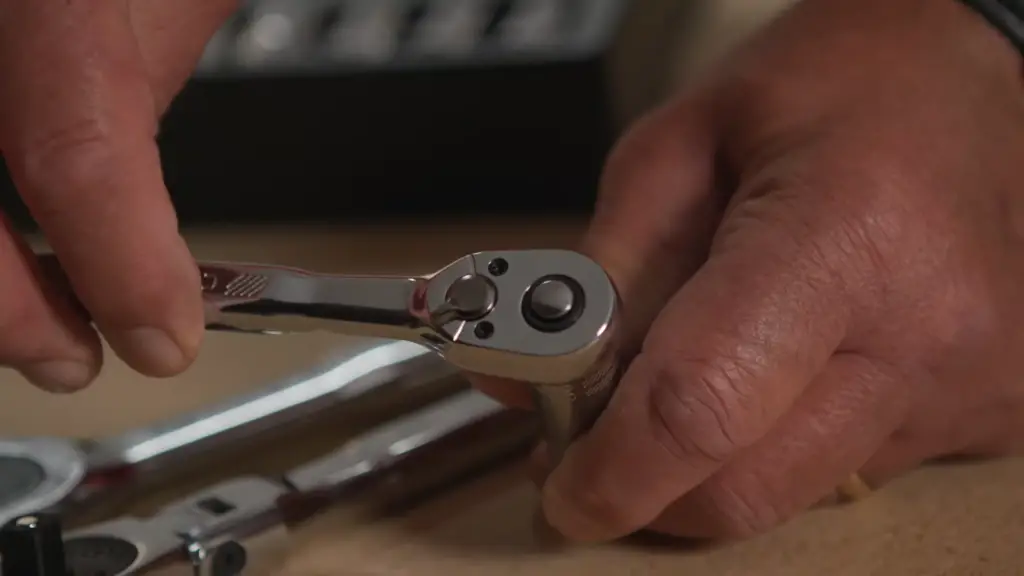
Using a Socket Wrench Effectively
To use a socket wrench effectively, begin by selecting the proper socket that fits the bolt or nut you are working on. Ensure you match the measurement type (SAE or metric) to the fastener. Attach the chosen socket to the ratchet handle. If you are tightening the fastener, position the ratchet so you are turning it in a clockwise direction. For loosening, it should be counter-clockwise. Place the socket onto the fastener and hold the ratchet handle at its end to maximize leverage.
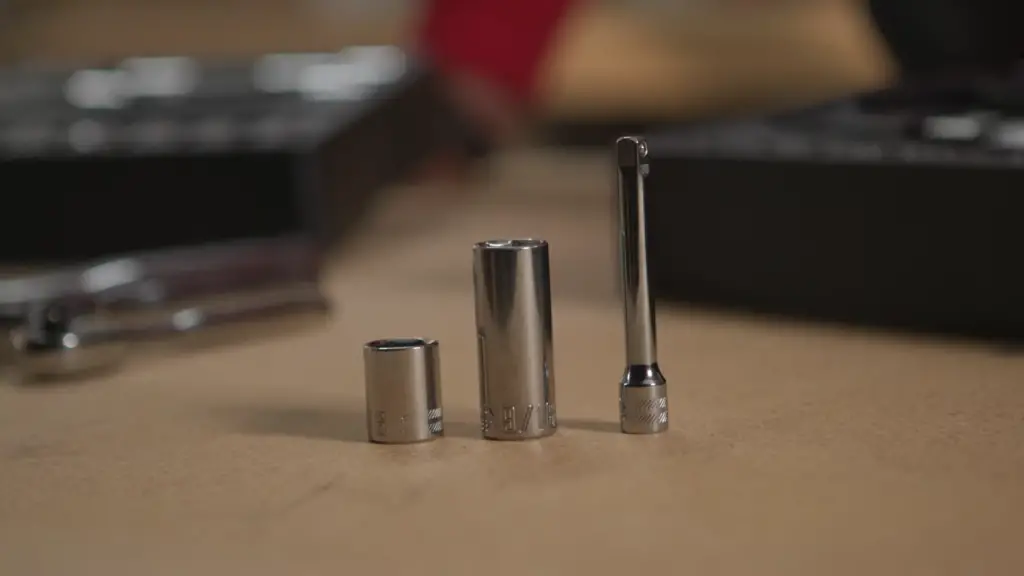
Begin turning the ratchet handle. Due to the ratcheting mechanism, you can swing the handle back without turning the socket. This is particularly useful in areas with limited space where full rotations are not possible. Keep repositioning the handle and turning until your task is complete. Always remember to apply steady, balanced pressure to prevent slipping that could potentially damage the fastener or cause injury. When done, pull the socket off the fastener. Remember to clean and store your socket wrench and its parts properly to ensure their longevity. [1]
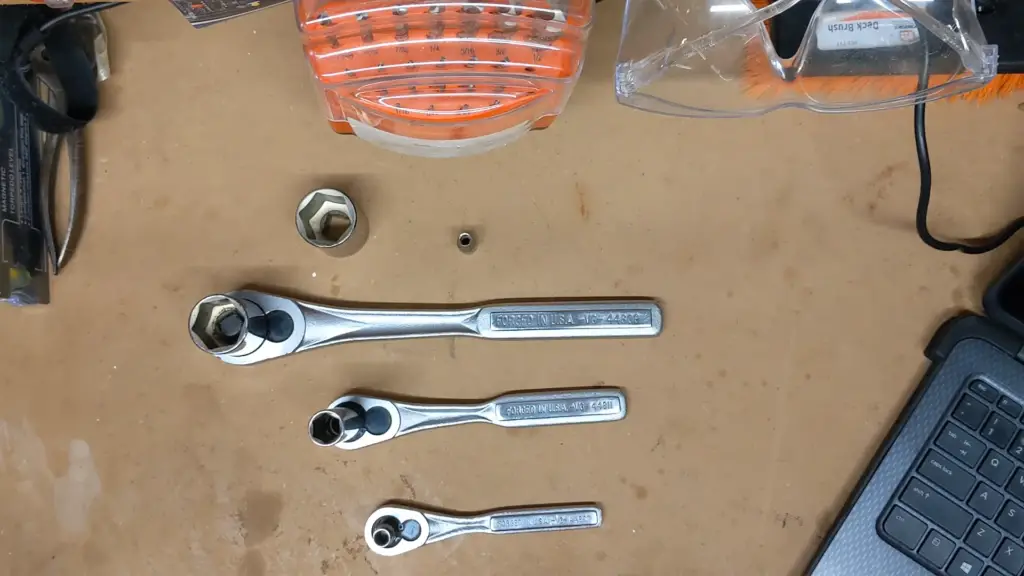
Tips and Techniques for Socket Wrench Maintenance
Maintaining your socket wrench and its components is crucial to ensure their long-term functionality and reliability. Always clean your socket wrench after use to remove any dust, dirt, or grease that may have accumulated. You can use a cloth and a mild solvent or degreaser for this purpose. For stubborn dirt, a small brush might be helpful. Make sure to dry each part thoroughly after cleaning to prevent rusting.
Periodic lubrication of the ratchet mechanism is also necessary to keep it operating smoothly. You can use light machine oil or a specific tool lubricant for this. Apply a small amount of lubricant to the moving parts inside the ratchet mechanism, but avoid over-lubricating as this can attract dust and grime.
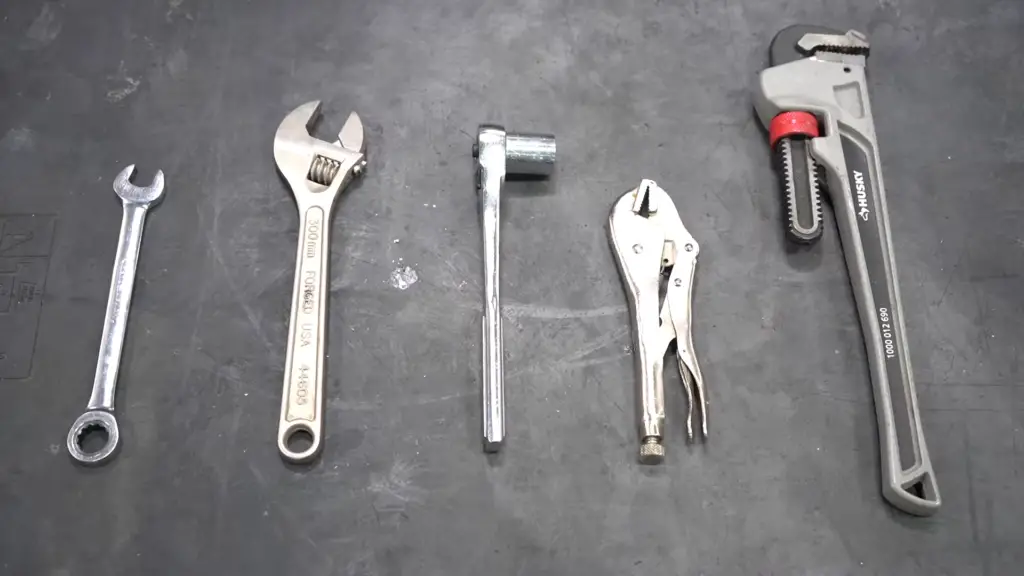
In terms of storage, it’s best to keep your socket set in the case that it came with, or purchase a dedicated socket holder or toolbox. This will protect the set from damage and make it easier for you to find the right socket when needed. Lastly, always remember that although socket wrenches are durable tools, they’re not indestructible. Avoid using them as hammers or pry bars, and do not apply excessive force or use extensions on the handle to increase leverage, as this could damage the tool or even pose a safety risk. Proper care and handling will ensure your socket wrench remains an effective and valuable part of your toolkit for many years. [2]
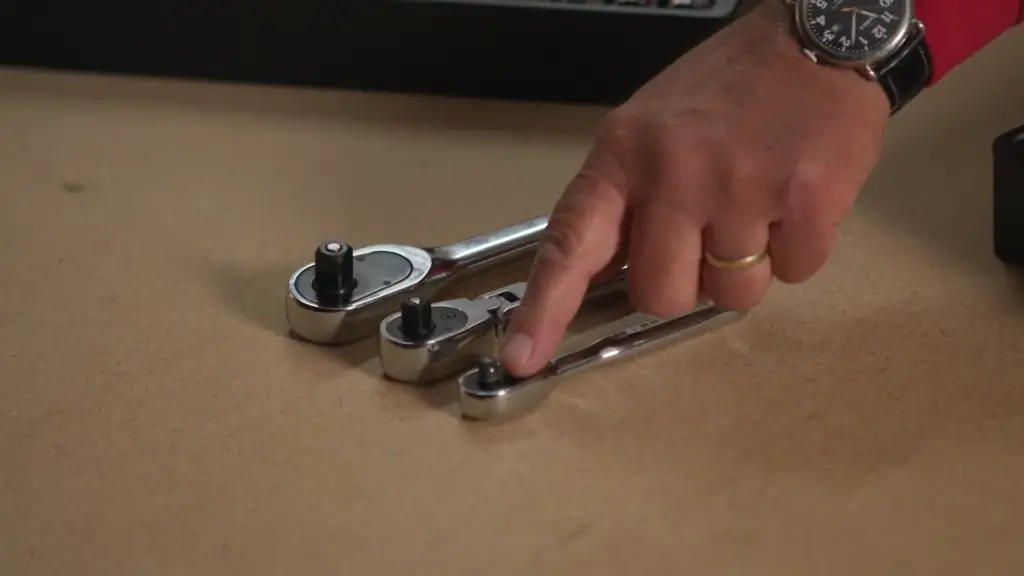
Different Types of Socket Wrenches
There are various types of socket wrenches designed for different applications and needs.
- Standard Socket Wrenches are the most common type, ideal for everyday tasks around the house, garage, or workshop. They are typically part of a set that includes different socket sizes and a ratcheting handle. These versatile wrenches are great for working on cars, bicycles, or assembling furniture, providing the necessary torque for various fastening needs.
- Impact Socket Wrenches are designed for use with impact drivers and air ratchets. Made from a more rugged material than standard sockets, they can withstand high torque and vibration, making them perfect for heavy-duty tasks like loosening over-tightened nuts or bolts. With their robust construction, impact socket wrenches ensure reliable and efficient fastening in demanding applications.
- Spark Plug Socket Wrenches have a special design, featuring a rubber insert inside the socket. This helps to protect the spark plug from damage while installing or removing it. With their unique design, spark plug socket wrenches provide a secure grip on the spark plug and prevent any potential damage that could affect the performance of your vehicle.
- Pass-Through Socket Wrenches, also known as ‘Go-Thru’ socket wrenches, have a hollow design that allows long bolts and threaded rods to pass through them. This design gives them a slim profile, allowing for work in compact spaces where traditional sockets and ratchets won’t fit. Pass-through socket wrenches offer flexibility and convenience, making them essential for tackling projects with confined access.
- Torque Wrenches are a specialized type of socket wrench with a built-in torque meter. These wrenches allow craftsmen to apply a specific amount of torque to a nut or bolt, ensuring the fastener is neither too loose nor too tight. This precision makes torque wrenches indispensable in fields like auto repair or construction, where the accurate torque of a fastener is critical. With their precise torque measurement capabilities, torque wrenches provide confidence in the tightening process, preventing under-tightening or over-tightening of fasteners.
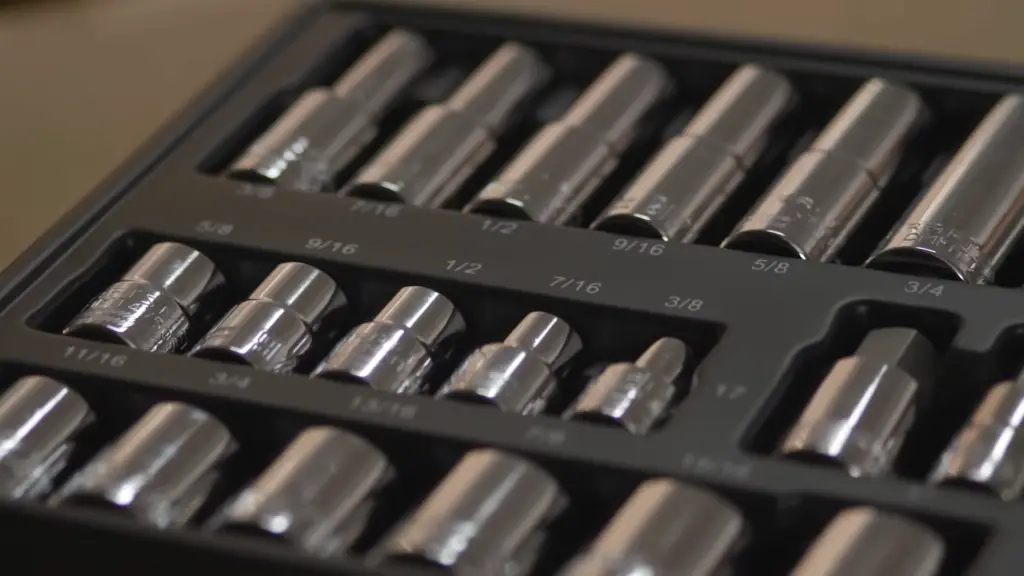
Remember, the best socket wrench for you depends on your specific needs. Consider the type of tasks you’ll be performing, the space you’ll be working in, and the type of fasteners you’ll be dealing with when choosing the right socket wrench for your toolkit. Having the right tool for the job ensures efficiency, accuracy, and optimal results in your projects. [2]
FAQ
How do you use a hand socket wrench?
Using a hand socket wrench, often referred to as a ratchet, can be broken down into a few easy steps. First, you’ll need to select the appropriate socket size for the nut or bolt you are working with. Take your time to carefully examine the fastener and choose the socket that fits perfectly, ensuring a secure grip.
Once you’ve found the correct socket, attach it to the ratchet handle. Make sure it clicks into place, indicating a solid connection. This step is crucial as it ensures the socket stays firmly in position during use, preventing any accidental slips or dislodging.
If you’re tightening a bolt or nut, ensure that the ratchet is set to tighten (usually by adjusting a small lever or dial on the ratchet to make it turn clockwise). This setting will allow you to apply the necessary force in the right direction. Place the socket over the bolt or nut, making sure it fits securely. Double-check this to ensure that there is no play or wobble, guaranteeing efficient and effective tightening.
When you’re ready to start, firmly hold the handle of the wrench and turn it in the direction you’ve set (clockwise for tightening). As you apply force, the ratchet mechanism will engage, producing a series of satisfying clicking sounds. These clicks indicate that the ratchet is allowing you to reposition the wrench without losing contact with the nut or bolt, enabling smooth and continuous rotation.
For loosening, the process is much the same, but the ratchet should be set to turn counter-clockwise. Place the socket over the bolt or nut and turn the handle in the opposite direction. Again, listen for the clicks as the ratchet mechanism ensures a consistent grip and prevents any slippage.
One significant advantage of a hand socket wrench is that you don’t need to remove and refit the socket on the fastener after each turn, thanks to the ratcheting mechanism. This feature saves time and effort, allowing you to maintain a steady workflow without interruptions.
After you’ve completed your task, gently remove the socket from the fastener and disengage it from the ratchet handle. Take a moment to appreciate the convenience and efficiency of this tool, which simplifies your work.
Remember, it’s essential to clean and store your equipment appropriately to ensure it remains in good condition. Wipe off any dirt or debris and keep it in a secure and dry place, ready for your next project. By taking care of your hand socket wrench, you’ll prolong its lifespan and ensure reliable performance whenever you need it.
How do you use a socket wrench to loosen?
Using a socket wrench to loosen a bolt or nut is a straightforward process that requires attention to detail. To begin with, you need to carefully select the right size socket for the specific fastener you are working on. Taking the time to ensure a proper fit will prevent any potential slipping or damage to the fastener.
Once you have chosen the correct socket, attach it securely to the ratchet handle. As you prepare to turn the fastener, take a moment to adjust the ratchet’s direction to guarantee that you are moving in the desired counter-clockwise motion. Most ratchets are equipped with a small lever or dial that can be easily flipped to change the tool’s direction.
Now, it’s time to place the socket over the bolt or nut, making sure it fits snugly. This ensures a firm grip and minimizes the risk of the socket slipping off during the loosening process. With a firm hold on the handle, apply a steady force while turning the wrench in a counter-clockwise direction. As you do this, the ratchet mechanism will smoothly allow the handle to move back into position for the next turn, without losing contact with the fastener. You should hear a satisfying clicking noise as the ratchet repositions itself, indicating a successful rotation.
Continue to turn the handle in a counter-clockwise direction until the fastener is fully loosened. At times, once the fastener is loose enough, you may find it more convenient to remove the ratchet and simply spin the nut or bolt off by hand. This can be especially helpful when dealing with stubborn or heavily tightened fasteners.
Finally, when you have successfully completed the task, it’s important to remove the socket from the fastener and detach it from the ratchet handle. Taking the time to properly clean and store your socket wrench after use ensures its functionality and longevity, allowing it to be ready for your next project.
By paying attention to these details and following these steps, you can confidently and effectively use a socket wrench to loosen bolts and nuts with ease.
Which way tightens a socket wrench?
To tighten a bolt or nut using a socket wrench, you need to turn the wrench clockwise. This is often referred to as the “righty tighty” rule, which is easy to remember – “Righty tighty, lefty loosey.” Once you have selected the correct sized socket and attached it to the ratchet handle, adjust the tool’s direction. Most ratchets have a small switch, lever, or dial that allows you to change the direction of turn. Make sure that it is set to turn clockwise for tightening.
Now, let’s dive into the process. Place the socket over the fastener, ensuring it fits securely. This is important to ensure a proper grip and avoid slipping. Once in place, firmly hold the handle of the socket wrench and begin turning the wrench to the right or clockwise. As you turn, you will feel the resistance of the fastener as it starts to tighten. Keep a steady grip and continue turning until the fastener is securely tightened.
One of the advantages of using a socket wrench is the ratchet mechanism. This mechanism allows the wrench to reposition for the next turn without losing contact with the fastener. How do you know when it has been repositioned? Listen for a distinctive clicking sound. This sound indicates that the ratchet mechanism has engaged and the wrench is ready for the next turn.
Continue turning the wrench clockwise, using the ratchet mechanism, until the fastener is tightened to your satisfaction. It’s important not to overtighten, as this can lead to damage. Use your judgment and stop tightening when the fastener feels secure and snug.
After you have finished using the socket wrench, always remember to clean and store it properly. This will help prolong its life and maintain its effectiveness. A clean and well-maintained socket wrench will be ready for your next project, ensuring smooth and efficient tightening every time.
How do you take apart a socket wrench?
Disassembling a socket wrench can be a valuable skill to have, serving various purposes such as cleaning, repairing, or gaining a deeper understanding of the tool’s inner workings. By following these step-by-step instructions, you will be able to successfully disassemble and reassemble your socket wrench:
- Begin by ensuring that the ratchet is clean and free from any grease or dirt. This will not only make it easier to handle but also help prevent the loss of any small components.
- Hold the ratchet in a position where the drive square (the part that you attach the socket to) is facing upwards. On the back side of the ratchet, you will notice a small round plate secured by a pin or screw.
- With caution, remove the pin or screw using a small flat-head screwdriver. Take care not to misplace it, as it is crucial for the proper reassembly of the ratchet.
- Once the pin or screw is detached, you can proceed to remove the round plate. This will expose the ratchet gear and the pawl, which is the small part responsible for the clicking sound when you turn the ratchet.
- If necessary, you can now remove these parts for cleaning or replacement. It is important to observe their arrangement before taking them out, as they will need to be reinstalled in the same manner.
- After completing the required maintenance, reassemble the ratchet in the reverse order. Start by replacing the pawl and the ratchet gear, followed by putting the round plate back in place. Secure it firmly by reattaching the pin or screw.
Remember, it is essential to consult the manufacturer’s instructions or seek a guide specific to your model of socket wrench, as each ratchet may have slight variations. Additionally, always work in a clean and well-lit environment, and keep a container or tray nearby to hold the small parts and prevent them from getting misplaced.
How does a socket work?
A socket, a versatile tool used in various mechanical applications, is specifically designed to securely grip the head of a bolt or nut. This grip is facilitated by the socket’s hollow, hexagonal, or multi-pointed shape that perfectly matches the contours of the fastener. By eliminating any possibility of slipping, the socket ensures a firm and steady hold, allowing for efficient turning with a ratchet handle or another turning tool.
When connected to a ratchet or turning tool, the socket becomes a pivotal component in applying torque to the fastener. Its inner mechanism, equipped with a ratcheting mechanism, allows for smooth and controlled movement in one direction, whether it’s tightening or loosening. What sets the socket wrench apart is its ability to maintain a strong grip and contact with the fastener even when the handle is returned to its original position for the next turn. This seamless transition is marked by a distinctive clicking sound as the ratchet engages, ensuring precise and uninterrupted operation.
With its dependable grip, precise torque application, and seamless ratcheting mechanism, the socket wrench stands as an indispensable tool in any mechanic’s arsenal, making fastening and unfastening tasks a breeze.
Can I use a wrench instead of a socket?
Yes, in many cases, a wrench can be used as an alternative to a socket. However, it’s important to note that they have different designs and are suited for different tasks. A wrench, with its adjustable or fixed jaw, can provide a good grip on a nut or bolt, offering versatility in various applications. However, when dealing with fasteners that are in recessed or confined areas, a socket becomes more advantageous.
A socket, with its cylindrical design and different sizes, can fit over a fastener, allowing it to access and turn fasteners in tight spaces where a wrench may not be practical. The socket’s deep well design enables it to reach bolts that are set back, providing enhanced maneuverability. Additionally, a socket can be used with a ratchet, which permits continuous one-direction turning without needing to remove and reposition the tool after every turn – something that’s not possible with a regular wrench.
Therefore, while a wrench could be used in place of a socket in certain situations, it’s always best to use the correct tool for the job to ensure both effectiveness and safety. Having the appropriate tools on hand guarantees that you can tackle any fastening task with precision, efficiency, and confidence.
Useful Video: How To Use A Socket Wrench – Ace Hardware.
Conclusion
In conclusion, the socket wrench is an incredibly versatile and useful tool that should be part of any serious toolkit. This guide has provided comprehensive information on how to use a socket wrench, including techniques for tightening and loosening a wrench, as well as disassembling it for maintenance. Furthermore, it has explained the inner workings of the socket and highlighted its unique design and functionality.
While a wrench can sometimes serve as a substitute for a socket, the socket’s specialized design and functionality often make it the superior choice, especially when dealing with fasteners in tight or recessed areas. The socket’s ability to securely grip nuts and bolts with its precise fit ensures optimal torque application and minimizes the risk of slipping or rounding off the fastener.
It is important to always use the right tool for the job to ensure efficiency, effectiveness, and safety. By using a socket wrench, you can work with confidence, knowing that you have the appropriate tool for the task at hand. Additionally, remember to clean and store your socket wrench properly after use to maintain its durability and reliability for many years to come. Proper maintenance and care will ensure that your socket wrench remains in top-notch condition, ready to assist you in various projects and repairs.
So, whether you are a professional mechanic, a DIY enthusiast, or simply someone who occasionally needs to tighten or loosen bolts, the socket wrench is an indispensable tool that will make your tasks easier and more efficient. Invest in a high-quality socket wrench and discover the countless ways it can enhance your work, saving you time and effort while delivering excellent results.
References
- https://tengtoolsusa.com/blogs/news/how-to-use-a-socket-wrench
- https://www.linquip.com/blog/how-to-use-a-socket-wrench/#Tips_and_Techniques_for_Socket_Wrench_Maintenance





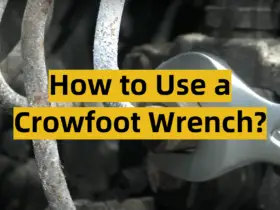
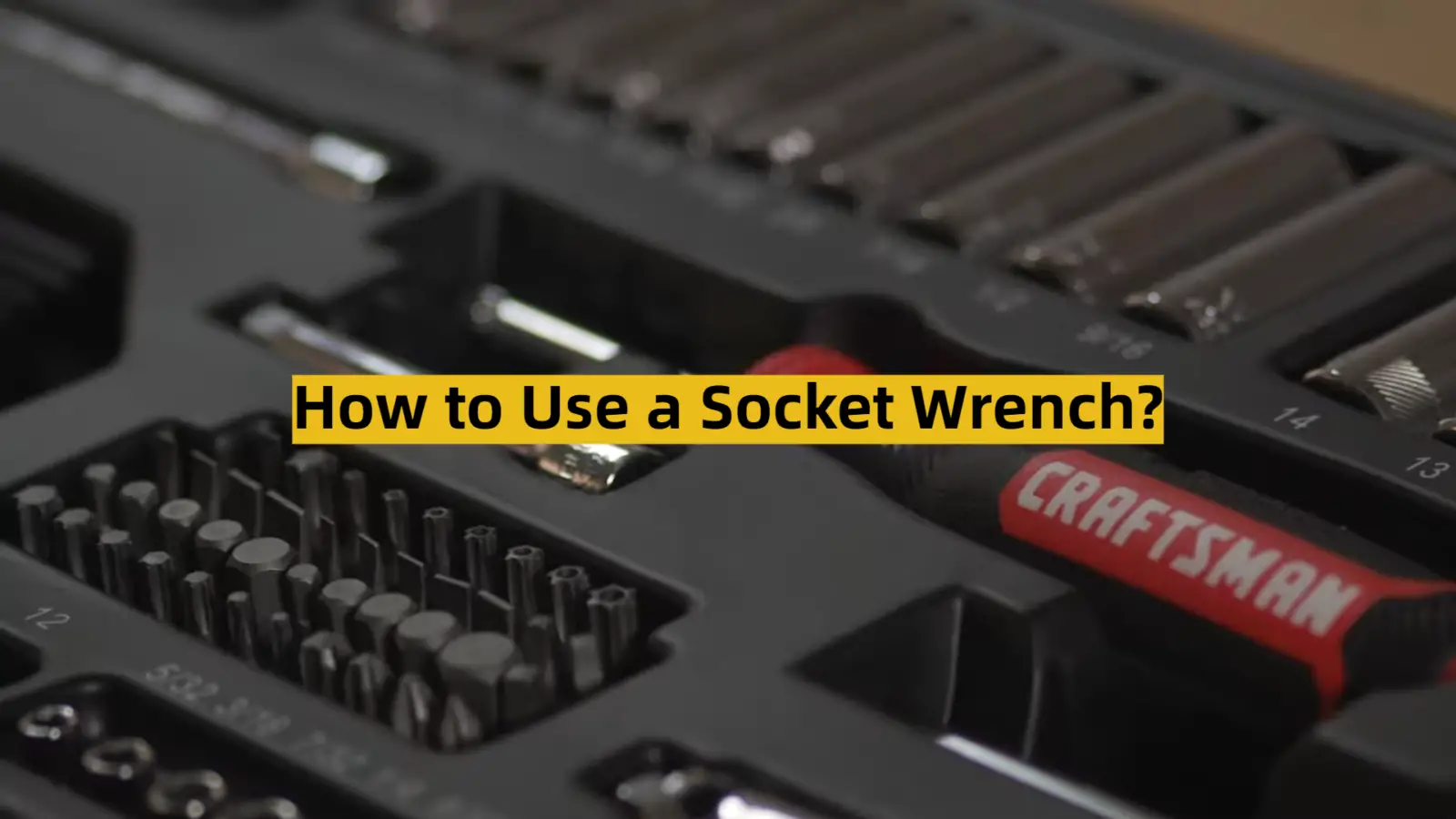






Leave a Reply